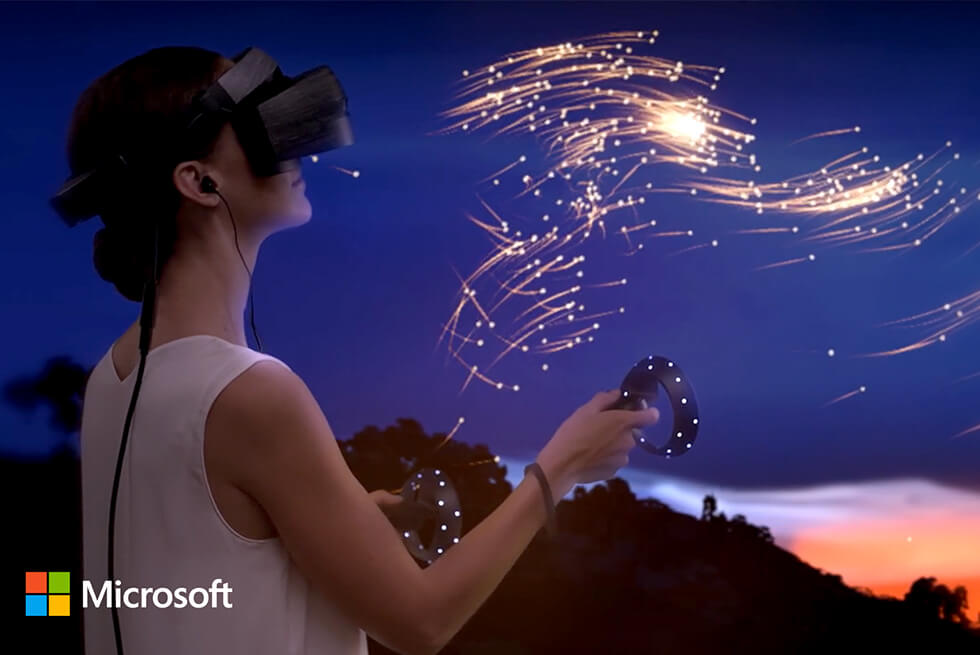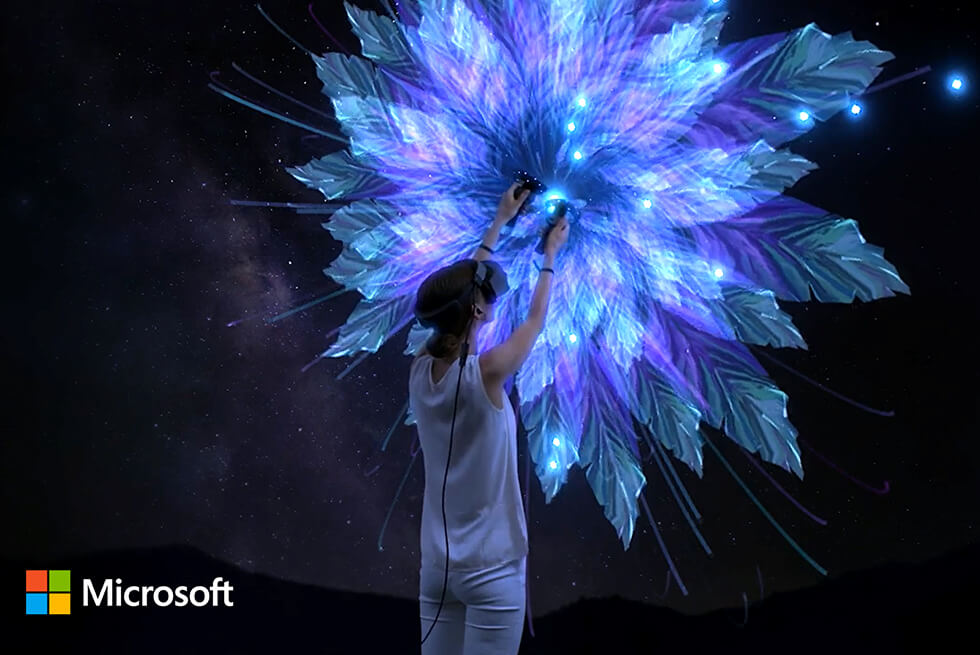Virtual Reality – explained simply and understandably
Virtual reality – VR for short – is a topic that is highly fascinating. Not only for technology and gaming fans with big wallets is the HoloLens 2 and VR extremely interesting, it has also arrived in the masses. If you still don’t know exactly what is actually behind this technology, you are in the right place. We will answer the question “What is VR?” in understandable terms in this article.
Virtual Reality Definition: What is it all about?
It’s talked about everywhere, but you’re still wondering: What does virtual world actually mean? That’s the way it is for many people. Basically, the virtual reality term refers to the depiction of a world that is artificially created by computers. Mostly, this is based on the real world, but this is not a must. In VR, several sensory impressions are used and combined with each other. Moving images and the sound that goes with them, as well as smells in some cases, then create the impression of an actual new reality and realness. This is called immersion: You are completely immersed in your new environment and often forget the time and space of the real world.
How the virtual reality is created
There are several ways to create VR. A distinction is made between the Cave Automatic Virtual Environment – CAVE for short – and VR glasses.
CAVE
The term Cave Automatic Virtual Environment literally means “cave with automated virtual environment”. It is a room into which the virtual environment is projected. This technology was the beginning of VR and has since been replaced in many areas by more powerful and, above all, portable technologies. However, the CAVE is still used in various industries. This is especially true for interior design, building and landscape architecture, and automotive engineering.
VR glasses
More common today for perceiving VR are virtual reality (VR) goggles. These are also referred to as head-mounted displays – in other words, “screens attached to the head”. VR glasses have the advantage that no additional monitor is required, as it is located directly on the head. You can move your head in all directions while wearing such glasses to perceive the virtual environment, which enhances the immersion. You interact with the objects in the virtual environment through special input devices. This can be, for example, a data glove, a 3D mouse or a controller developed specifically for VR.

The areas of application of virtual reality technology
Perhaps the first thing you think of when you think of virtual reality is the entertainment industry. VR is also ideal for video games and movies, as the user can be completely immersed in a virtual, different world. For some time now, there has also been a VR fitness device that allows you to move through a virtual environment and exercise your body along the way. So in fact, this entertainment industry is a popular area of application for this technology – but by no means the only one. The HoloLens 2 and VR, for example, have also been used successfully in many other areas for quite a few years, and the trend is rising.
VR in education and training
During pilot training, it has long been common practice to use flight simulators. That, too, is virtual reality. In medical studies, VR has also been indispensable for quite some time and is used as a training method for very different situations – for example, to simulate operations.
VR in marketing
Numerous companies are aware of the potential of VR. They use VR content to market the products and services they offer in a more tangible, understandable and experienceable way. In this respect, VR offers almost unlimited possibilities.
VR in spatial planning
Space planning with VR technologies has also been popular for years. Architects use VR to design houses and look at and plan everything in 3D long before construction. This allows everything to be coordinated down to the last detail – the wall color, the effect of the furniture and the alignment of the lamps. The actual construction only begins when everything in the virtual world matches the customer’s ideas.
VR in hazardous professions
In all professions that involve danger to persons, VR can provide relief and help to play through and practice important situations in advance. That’s why VR is already being used in the military, firefighting, police and aviation. It is intended to help individuals react to difficult situations with routine in real dangerous situations.
What are the advantages of virtual reality?
Virtual reality is associated with a variety of benefits:
- Strengthens the purchase decision and product satisfaction in marketing
- Online stores can be realized that are virtually walkable
- Companies that use VR gain a pioneering image
- Complex products can be presented easily
- Machines can be walked through and machine processes can be simulated.
- Several employees can work together in virtual space
- Perfect for training and further education
Another big plus of VR technology is that installation is straightforward and everything is ready to go in a short time, especially when using VR goggles.
Virtual Reality Summary and Outlook
It is already impossible to imagine everyday life without VR and this will not change in the future – on the contrary. With further improvement of the technology, VR will reach the masses. Experts believe that virtual reality has the potential to change many areas of everyday life from the ground up. Order your HoloLens 2 now and start using VR in your company soon.



Leave A Comment